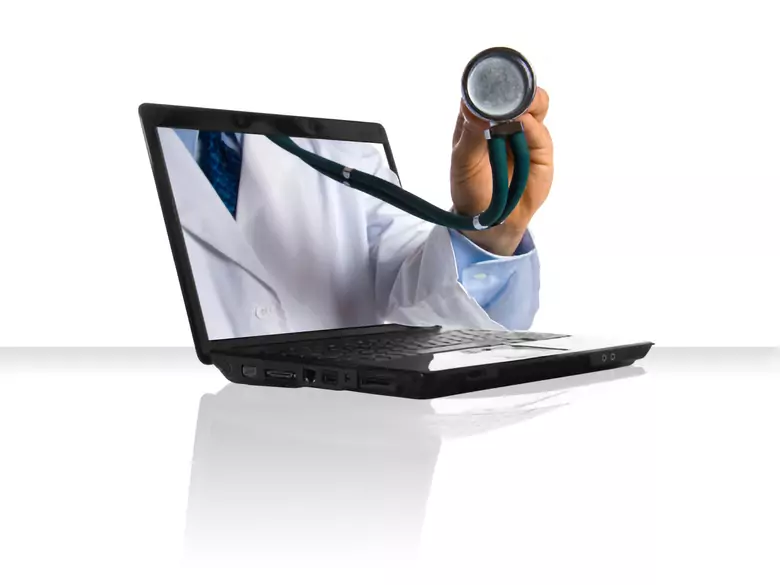Telemetry and teleinformatics systems are developing more and more rapidly under the influence of advances in innovative technologies. Medicine is also benefiting from such solutions, with tangible effects and advantages for both patients and medical professionals. Many areas of medical care are already using such solutions, making it possible to continuously monitor the patient in the case of cardiology or to measure and programme the device remotely in the case of audiology.
"ICT system - a set of cooperating IT devices and software, ensuring processing and storage, as well as sending and receiving data via telecommunication networks by means of a telecommunication terminal device appropriate for a given type of network, within the meaning of the Act of 16 July 2004." - Telecommunications Law (Dz.U.z2018.poz.1954 i 2245) [1]
Thanks to the possibility of remote monitoring, today's medicine is able to remotely determine the fitness of a device and make measurements using it. This type of activity is called telemetry, which is now widely used in various medical fields - including audiometry [2].
A telemetry system, which allows the control of a measuring device and the transmission of the results obtained by it, consists of a measuring device equipped with such a system. ICT systems are finding their way into many areas of life, particularly in medicine - many medical centres are choosing to invest in the latest technological advances. This is exemplified in North America, Australia or Africa, where telemedicine based on telemetry and ICT systems is becoming the primary route for the provision of medical care [2].
Telemedicine is understood as a range of medical care services, using modern technology and an internet connection. 'Face-to-face' medical visits in such a situation become a thing of the past, and the basis becomes the consultation via the media - regardless of where the patient is and where the care centre is. This is an undoubted advantage of this type of solution, as it provides the possibility to consult any specialist, even if the patient has to travel to the nearest centre, he or she can be consulted by a doctor working in a distant place. The time saving and the possibility of continuous monitoring constitute the benefits of telemedicine, which is gaining in popularity particularly among people with cardiac conditions [2].
Other fields and areas of medicine are also following in the footsteps of cardiology - audiology, among others, is vigorously using such solutions, adapting them to the problems of its patients. Hence the development of specialities such as telefitting (remote fitting), which addresses people who have received a cochlear implant (hearing aid). According to descriptions found in the specialist literature, this process is the programming of a speech processor via the Internet and, in the same way, connecting to a centre where measurements can be taken and the processor adapted to the individual needs of the patient [2].

photo: panthermedia
Benefits of the system
The main task of the telemetry system is integration, which will ensure efficiency in planning, implementation and long-term patient care, which is crucial, for example, in the context of screening. The ability to perform diagnostic tests remotely and transmit the results obtained both improves access to medical care, but also fosters the creation of a broad database. The analysis of the collected screening data will allow the implementation of new knowledge based on patient outcome observations and contribute significantly to reducing the costs associated with audiology diagnostics [3].









